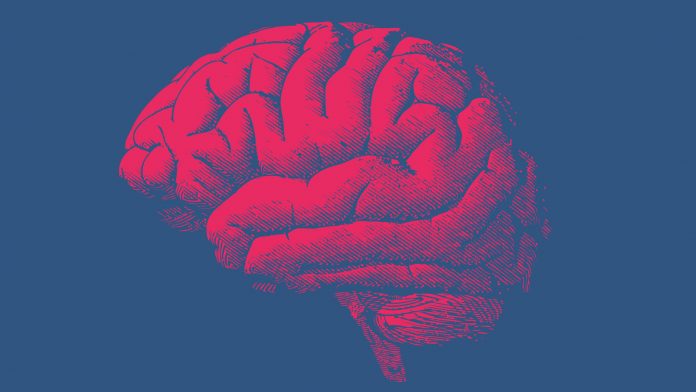Scientists from Uppsala University have characterised how changes in glioblastoma brain cancer cells influence the effect of different drugs.
Glioblastoma is a severe form of brain cancer, with a very poor prognosis and many genetic deviations that vary between patients. However, there is still minimal option to tailor the therapy and resulting in many glioblastoma brain cancer patients receiving similar treatments.
“This was the starting point for our study, in which we examined how glioblastoma cells from 100 Uppsala patients responded to different drugs. To do this we used cell cultures grown from patient samples and tested more than 1,500 drug substances to see how the cells responded,” says Professor Sven Nelander of the Department of Immunology, Genetics and Pathology at Uppsala University, who has been the principal investigator of the study.
Characterising glioblastoma tumours
The researchers then used an algorithm to investigate which changes in the cancer cells could predict the effect of a specific drug. By means of this characterisation, the team were able to group the tumours. Researchers discovered two main subgroups based on drug response and mutations in certain genes.
“By characterising the cells at multiple levels, we discovered unexpected associations between important genes and pathways, and different drugs. This in turn led us to find new ways to combine different drugs to maximise the effect. Our results thus provide a good starting point for further research aiming to increase precision and adapt the therapy for different glioblastoma patients. They can also be used to discover new purposes for already existing drugs,” says Nelander.
What is glioblastoma brain cancer?
Glioblastoma brain cancer is a very aggressive type of cancer which can occur in the spinal cord or the brain. This cancer occurs more commonly in older adults. Symptoms of which include, worsening headaches, nausea, vomiting and seizures.
Treatments for glioblastoma brain cancer vary depend on the size and location of the tumour, some treatments include,
- Removal of the tumour: surgery to remove the tumour is often the first step in treating most types of gliomas,
- Radiation therapy: often follows surgery in treatment of glioblastoma, especially high-grade gliomas,
- Chemotherapy: uses drugs to kill tumour cells. Chemotherapy drugs can be taken in pill form or injected into a vein,
- Targeted therapy: one targeted drug therapy used to treat glioblastoma brain cancer is bevacizumab.
At the ages between 20 and 44, the survival rate of glioblastoma brain cancer is 22%. Unfortunately, this rate drops dramatically at ages 55 to 64, with the survival rate dropping to 6%.









